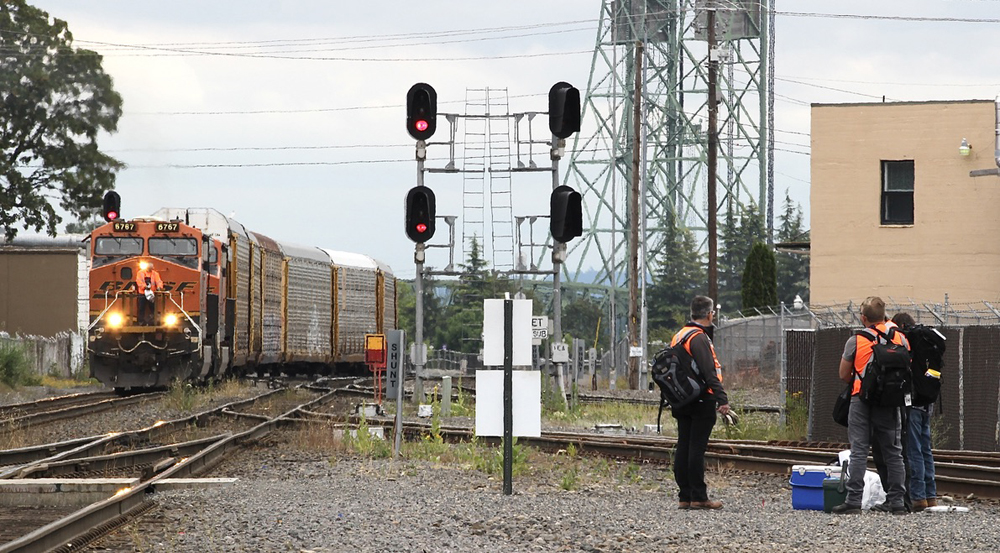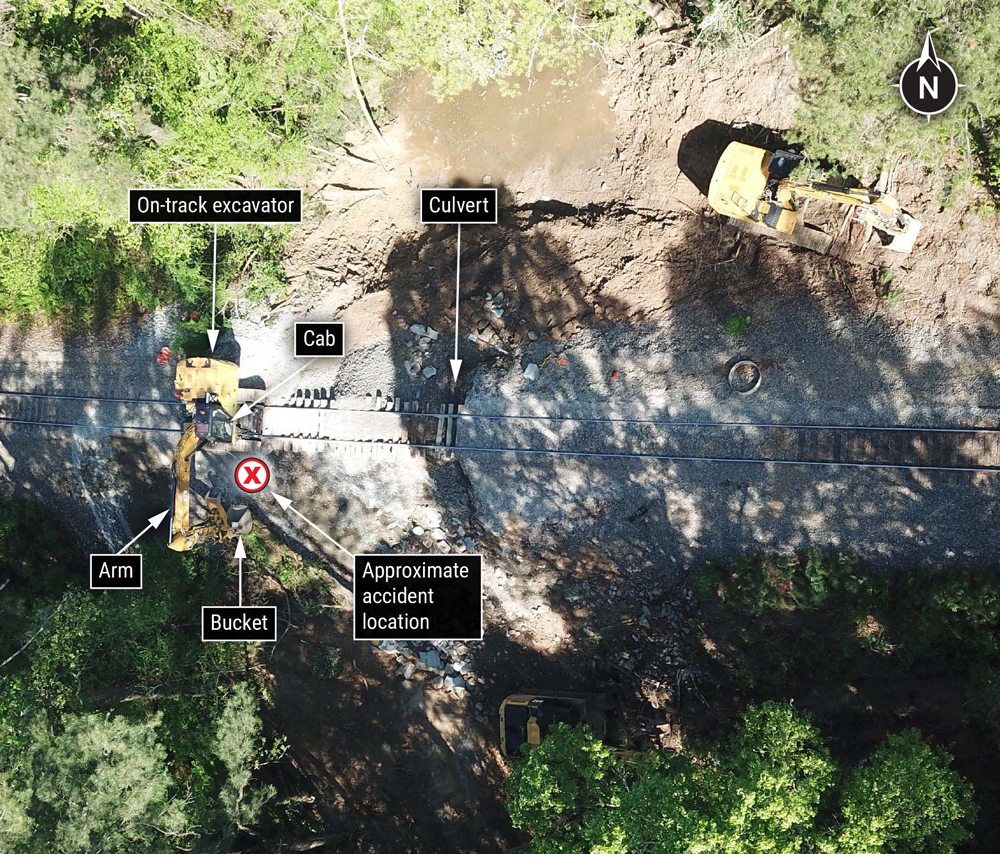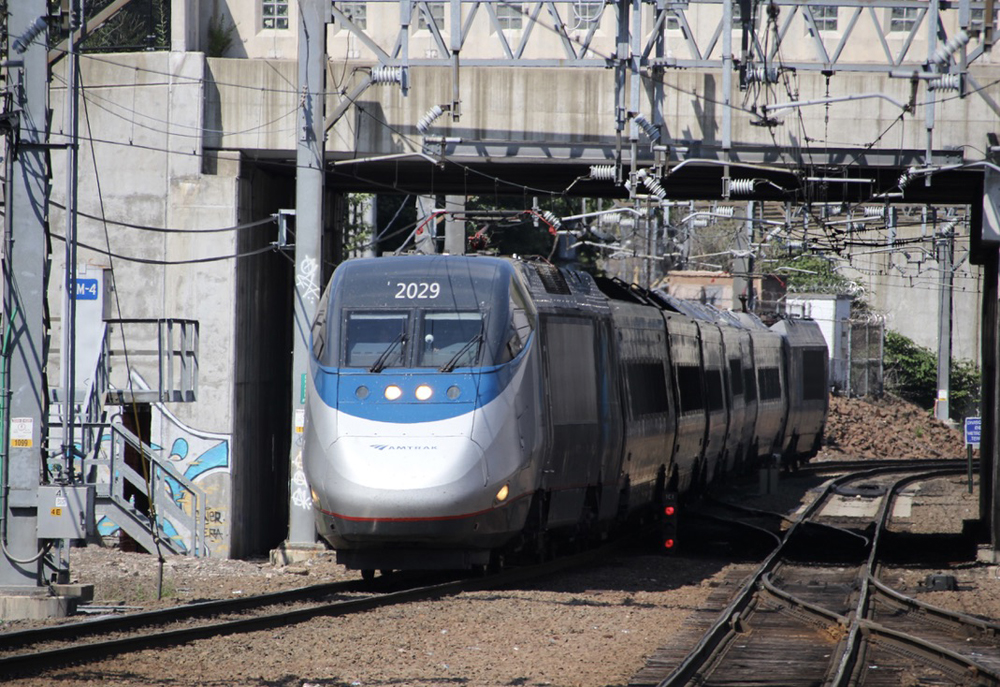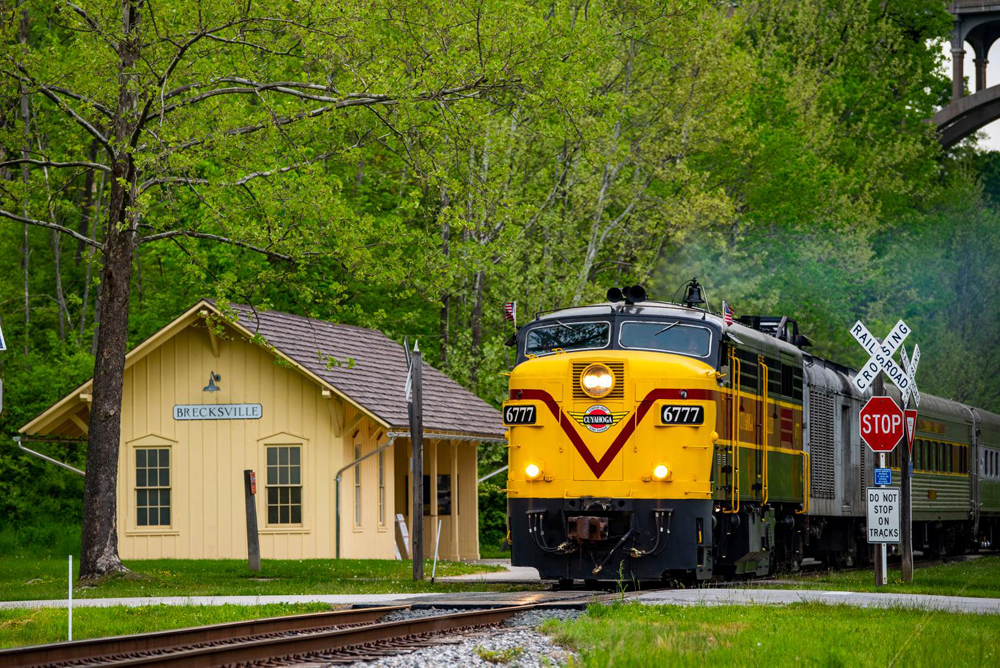
OLYMPIA, Wash. — The state of Washington has joined the list of those considering legislation to limit the length of freight trains.
The Columbia Basin Herald reports that state’s House Transportation Committee heard testimony Tuesday on House Bill 1839, by Rep. Sharon Tomiko Santos (D-Seattle), that would limit the length of trains operating within the state of 7,500 feet. That’s 1,000 feet shorter than similar bills currently under consideration in Arizona and Iowa [see “Arizona bill to limit trains …,” Trains News Wire, Feb. 20, 2023, and “Iowa legislation to limit train length …,” News Wire, Jan 27, 2023].
The bill would set fines of not less than $25,000 for the first offense, not less than $250,000 for the second offense, and would double each subsequent offense. It would allow trains of up to 10,000 feet if “additional crewmembers are assigned to the train, with no less than one additional crew member positioned on the rear of excess-length trains to observe the forward moment and monitor the safe operation of such trains.”
Santos testified that the legislation was in response to the Feb. 3 derailment in East Palestine, Ohio, and to address the problems caused when long trains block grade crossings for extended periods of time.
Johan Hellman, executive director of public affairs for BNSF Railway, said the bill would make it more expensive for shippers to use Washington’s ports and increase pollution by requiring more trains to move the same amount of cargo.














I agree that individual state laws will be useless since most long trains are operated in interstate service. Thus federal law would apply and the states would loose in court. We need the federal government to review current operations and safety systems before any new regulations are put in place. Early observations of this latest major accident showed that the existing safety systems did detect a problem but it was delayed in communicating it to the engineer of the train. More effective testing of this type of equipment and more realistic safe operating temperatures of axels or wheels needs to be enforced and communicated directly to the engineer or PTC system to make sure a train stops for inspection.
As a start to considering train lengths, I would like to see the FRA, STB, whoever, install a rule that no yard can release a train longer than the shortest siding on its route to the next yard. Penalty would be, say, $100 per car times the number of short sidings on that route. This insures that all trains can pass each other and not need dipsy-doodle moves at shorter sidings.
Possible? Practical? Would at least rein in some really stupid practices.
How ironic that PSR monster trains may be the incentive for train length restrictions, coupled with the apparent frequency of derailments. Many railroads (& we know who) have been thumbing their nose at shippers and hubristically curtailing and rationing services in the name of the deity operating ratio; and many observers have suggested that this attitude will have eventual repercussions. It seems East Palestine may be the catalyst. Whether or not state laws are allowed to affect interstate entities, the momentum has begun and is even strong enough to apparently motivate our majestic DOT Sec’y. I would opine that rather than a caboose for additional crew members as need be, the DPU unit would be safer – so perhaps locomotives will need a raised and/or bay window cab so as to enable a complete view of the consist at all times. Yep, absolute safety is a difficult matter. I’d like to see these agencies wake up to the danger of autonomous vehicles before that gets out of hand.
This poster is confused. Did some states have both full crew laws with some that were tied to train lengths? We need a history lesson of those laws.
Train length has no bearing on safety…I point all of you to the iron ore roads in Australia that regularly run trains of over 15,000 ft in length.
And they do it autonomously too from hundreds of miles away.
You are comparing apples and oranges on many fronts. Length does have an impact safe operation. First, the Australian roads are purpose built to modern engineering standards. Most of the roads run today were constructed in the 1800s using older engineering techniques. It does make a difference on grades and curvature.
Second, ore trains are single car type. Buff and draft characteristics are nearly identical. With the exception of unit trains in the US, US freights are a mix bag of length, weight, load and draft gear travel. Buff and draft characteristics are off the charts. Train handling is difficult at best.
And finally, autonomous trains work in Australia for three reasons, single car type, single commodity, and new, highly engineered ROW in the middle of nowhere.
Nuff said.
You can’t compare Australian Rio Tinto railroading to conditions faced in the United States. They haul one commodity through desolate territory, unlike U.S. railroads carrying multiple commodities through populated areas. Rio Tinto is essentially a rolling conveyor belt. Besides, they could experience a derailment a day and we would never hear about it.
I know that and I would not advocate for autonomous operations in most of North America for all the reasons you mentioned, was just stating a fact to go along with Gerald’s statement regarding train length which I also believe may need to be reviewed.
I sort of like another comment in this line regarding manning DPU’s on long trains, not for an hour engineer but someone to assist in overseeing the trains of excess length. Never happen though unless legislated, RR’s would not want to pay.
Yes they are that long, but the thing you forget is we are talking about Australia: Miles and miles of nothing between endpoints.
The longest train in the world to date is a BHP ore train between the Yandi mine and Port Hedland in Western Australia in 2011, a distance of 322 Km, or about 200.02 miles in length. It was test of possibilities. The train was 4.53 miles (7.29 km) long or 23,918.4 ft. and carried 82,000 metric tons. The train had 682 cars that were pulled by eight GE diesel locomotives, DPU’d throughout the train in three pairs, along with two single locomotives, one on each end and only one engineer. During the trip the train encountered no improved crossings on improved roads and was shadowed by company helicopters. Here, interaction with the public was not the concern as the train ran in a veritable unpopulated area.
Do you think US railroad would shadow their long trains with helicopters? No way. That would be too big of an expense to company operating ratios. At least with helicopters they could immediately respond to any situation the train would have encountered. The longest USA train to date was a UP stack-train in 2011 from Long Beach to Dallas (1446 miles) that was testing length with various power configurations to find the economies of scale. It was 3.5 miles or nearly 18,480 feet long. It was limited around urban areas to 35 mph FOR SAFETY REASONS. Otherwise speed was max 65 mph where able.
As was said, the comparison to the Aussie system is apples to oranges. When access by random people is limited, you can do a lot of things you couldn’t do otherwise
With regards to some of the interesting (and insightful) remarks (above) regarding the “dip wad” state legislators, I generally concur with these remarks.
I would go further to state that state legislators frequently deserve this derisive moniker when they either:
A) Cynically cater to their constituents with this type of doomed legislation with the “we tried” excuse (knowing that their flawed legislation won’t change anything or isn’t legal); OR,
B) Aren’t smart enough to understand the legal limitations of what they can legislatively impose at the state level (and thus trying to impose legislation that is beyond their legal purview) and still say “we tried” …. OR;
C) Some combination of the “A” & “B” scenarios (understanding the often general lack-of-intelligence among many of these ‘dip wad” state legislators and how the “sausage-making” efforts of legislation can be so chaotic and misguided, if well-intended…).
Either way, this further fuels public cynicism and distrust of government and our elected class, but they don’t care as long as they get re-elected …
Ronald; “dipwad” state legislators are simply responding to complaints received from the voters in their respective states. Thats called politics. It’s largely irrelevant whether the legislation would hold up in Federal courts because the state elected officials can at least tell their constituents “we tried”.
Now, as more and more states enact or talk about these train length (and blocked crossings) bills, one might imagine that at some point, Federal regulators and elected representatives will be stirred into action.
Cabooses, a legendary railway icon, may make a comeback with new federal regulations. I favour bay window cabooses over the cupola ones designed when the tallest freight cars did not exceed the height of the main roofline.
Didn’t we tell you that PSR would bring back regulation of the railroad industry?
(The Washington state bill is likely dead on arrival, but you can bet the Feds will soon follow with their own bill.)
The inevitable opening of the floodgates for new ineffective unnecessary regulations and legislation haveth begun as a result of New Palestine.
I think train length is not an ineffective or unnecessary object of Federal legislation. I think it might restore some reality to the rail industry in the form of railroads realizing that to have good neighbors, you have to be a good neighbor. Many RR’s (with exceptions of short lines) have not lived up to the mandate to care about the local citizenry. We don’t need a revisiting of the “robber baron” era when the railroads did as they pleased no matter who it hurt. That was the reason for regulation in the first place. Get a clue railroads.
When are dipwad state legislators going to get the fact that whatever railroad related laws they pass will ultimately be overturned/overridden by federal laws?